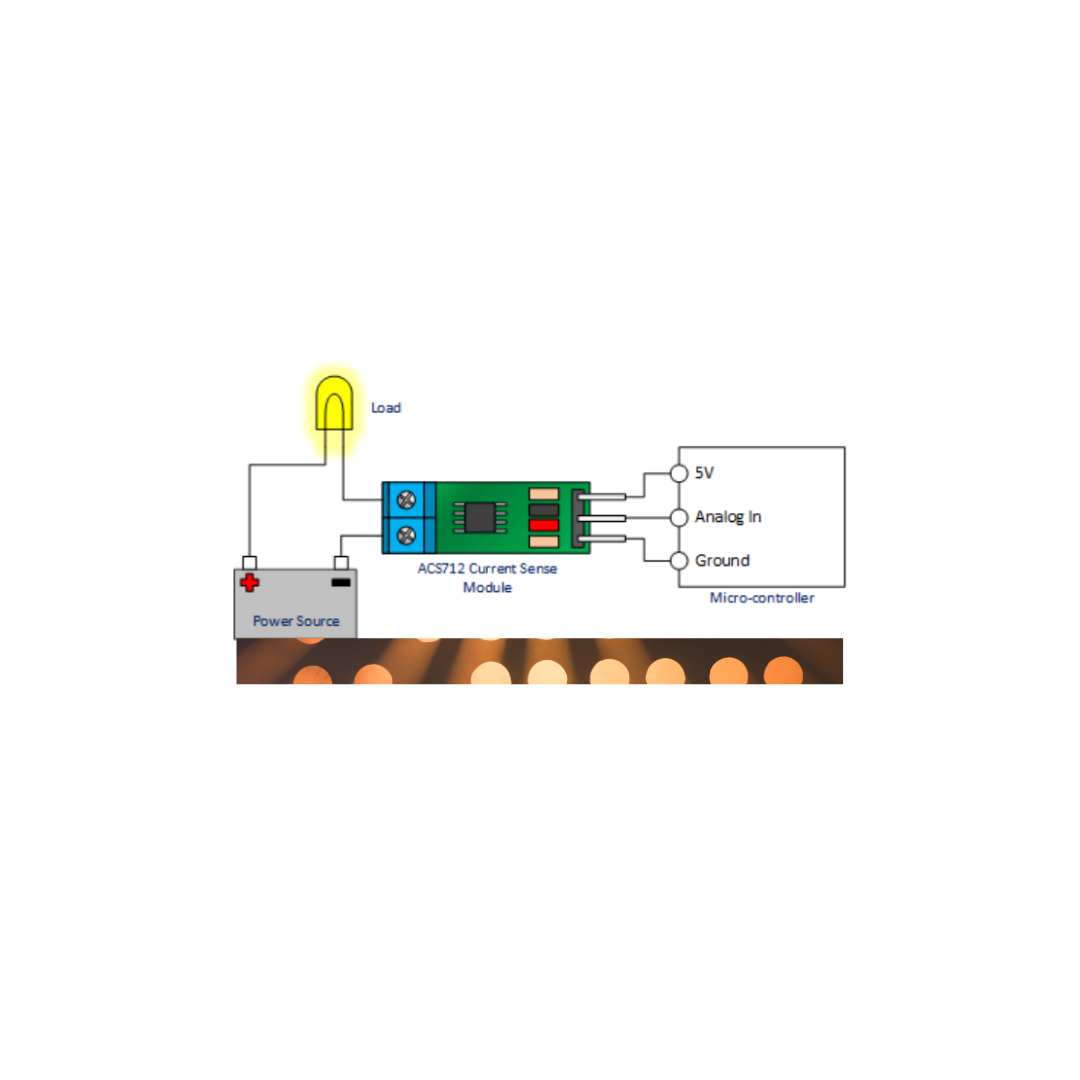AC/DC Emergency Backup Bulbs are advanced lighting options made to keep lights on continuously if there is no power. Both direct current (DC) from a backup battery and alternate current (AC) from the main supply power these bulbs. The system immediately transitions to the DC supply in the case of an AC supply failure, providing continued illumination. They are perfect for homes, workplaces, hospitals, and warning signs because of their dual-mode versatility. AC/DC emergency bulbs provide dependability, safety, and energy savings thanks to their intelligent switching wiring, integrated rechargeable batteries, and energy.
Objectives
To create an illumination system that can be powered by both mains AC and battery DC.
When the AC fails, it automatically switches to the battery backup.
While AC is accessible, a battery gets charged.
LED illumination that is efficient and uses less power.
Compact and cheap design.
Materials Needed

Principle of Activity
When it has access to AC power
A power adapter is used to convert AC to DC.
The LED is powered by the adapter, and the relay remains active.
A TP4056 module or comparable charger is used to charge the battery.
When AC fails
The LED power source is switched to the battery by the relay, which disables it.
The LED keeps glowing continuously.
The circuit guarantees that the battery is shielded with deep drain.
The system for Charging Batteries
A 3.7V 18650 cell is safely charged using a TP4056 module.
Ensure that over discharge protection is provided.
Design Guidelines
Use high-wattage LEDs in a heat sink.
If required, add Zener diodes to control the voltage.
Put things in a tiny plastic casing or bulb house.
Such as a low battery indicator LED
Uses
Emergency lighting for homes
Stores and shops
Power outages are common in rural locations.
Lights for camping that are lightweight
Methods of Checking
When connected to AC power, the battery charges and the LED illuminates.
Cut off the AC and watch as the power instantly switches to the batteries.
When charging or discharging a battery, check the voltage.
Control the battery life and LED brightness.
Developments and Extensions
For improved switching and battery observing, use a microcontroller such as an Arduino.
Include a solar charging port.
Include a motion sensor to conserve battery life.
Conclusion
In conclusion, the AC/DC Emergency Backup Bulbs Engineering project offers a highly practical and innovative approach to addressing lighting interruptions caused by power outages. By seamlessly combining AC mains power with a DC battery backup, and system ensures uninterrupted illumination, enhancing safety, comfort, and productivity across various settings. The integration of energy-efficient LED technology reduces power consumption, while the automatic changeover mechanism and dependable charging circuit ensure that the backup system is always ready for use. This makes it an ideal solution for homes, offices, commercial buildings, hospitals, and critical emergency areas.
In addition to its operational benefits, the project showcases how smart engineering can effectively blend efficiency, affordability, and sustainability into a single design. It not only provides a dependable source of light during outages but also supports energy conservation and preparedness for unforeseen situations. Overall, this project highlights the importance of innovative solutions in delivering reliable, cost-effective, and eco-friendly technologies that improve everyday life.



